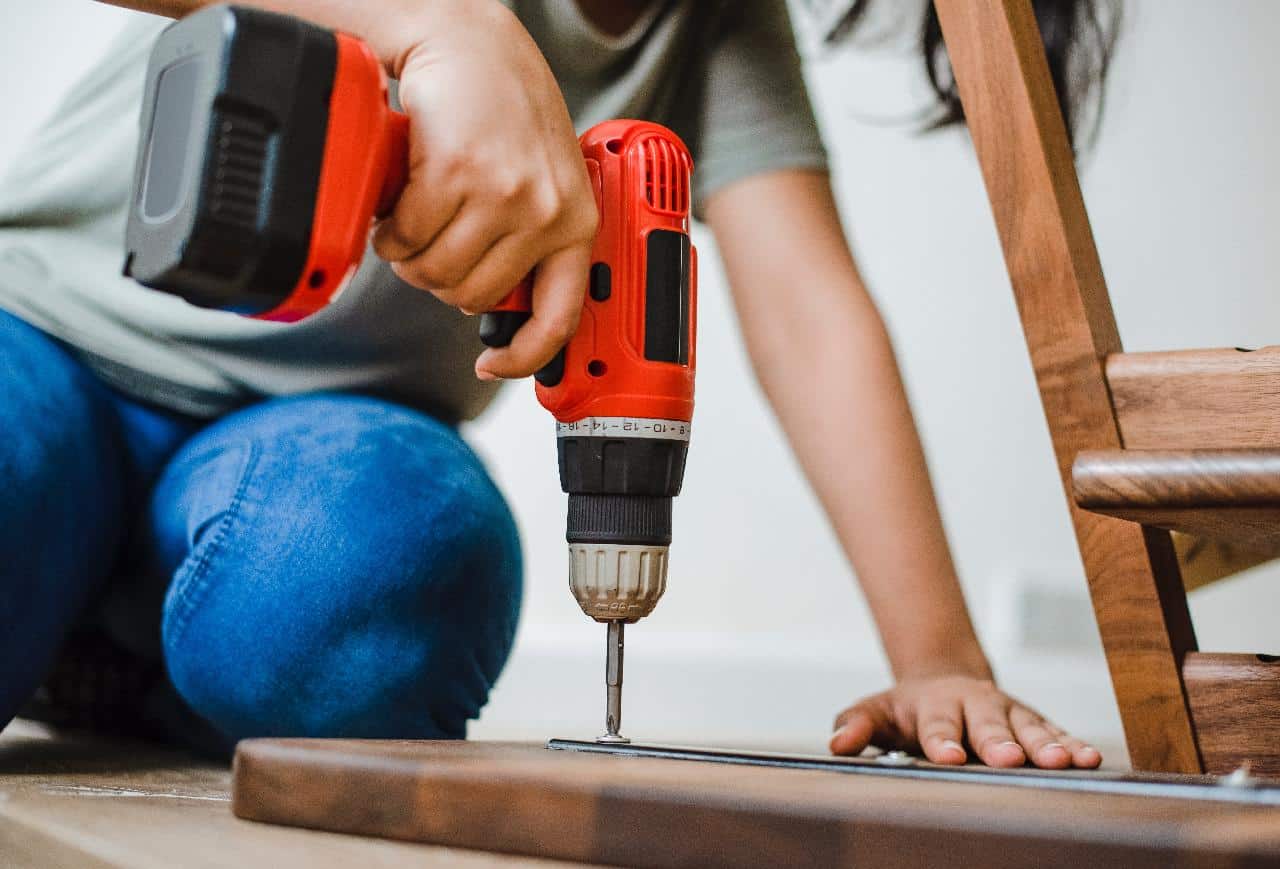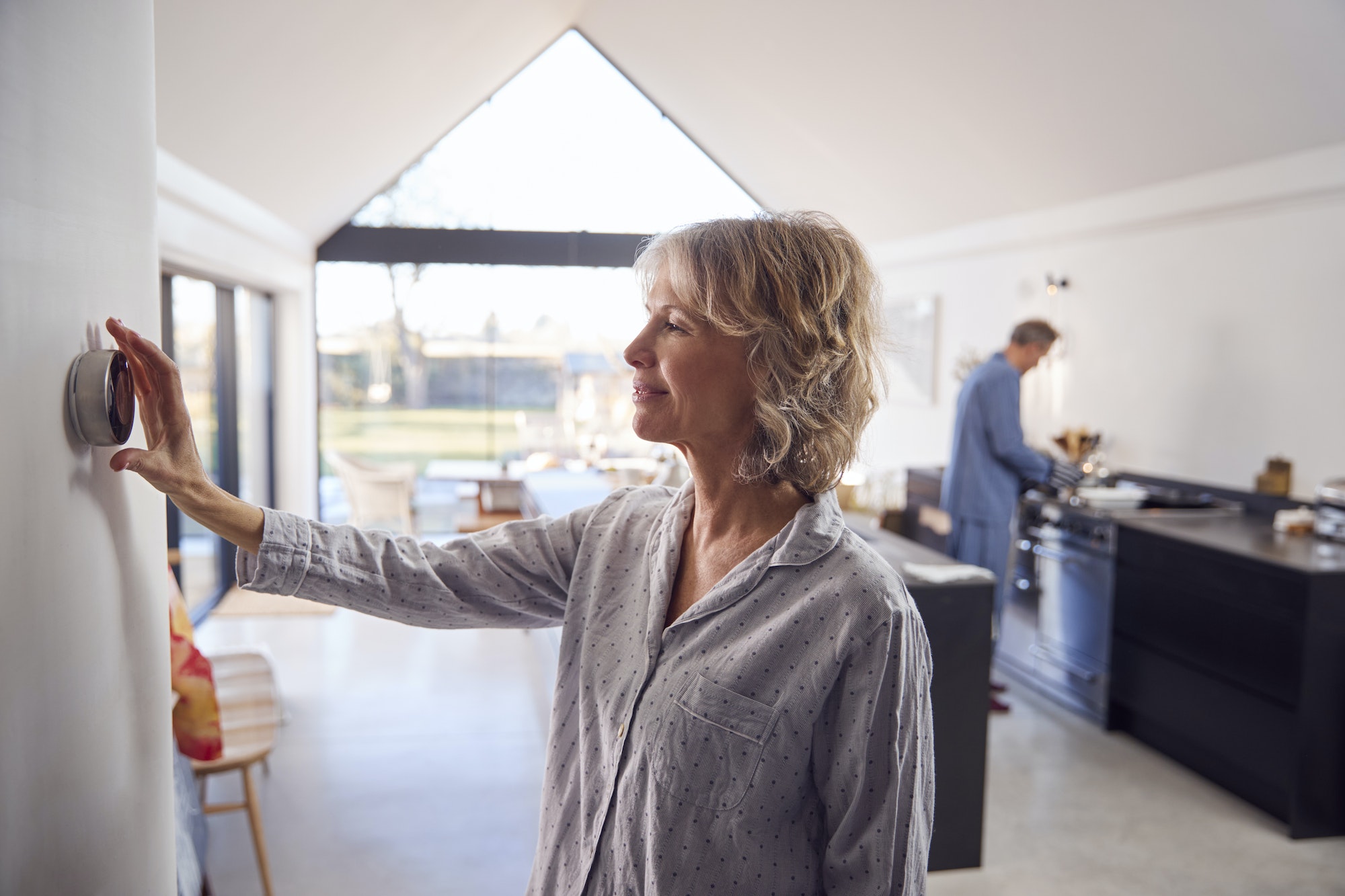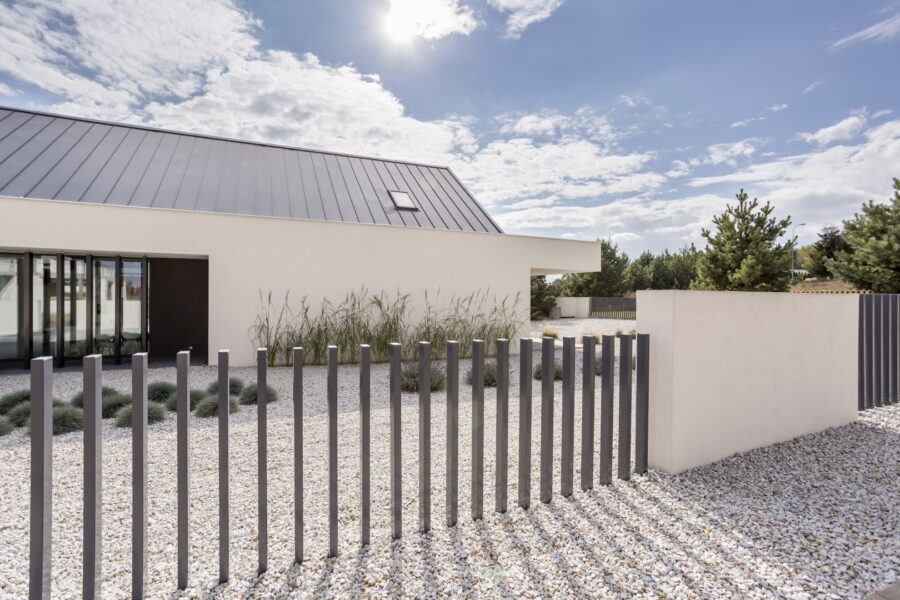In the past, security meant employing a security guard or installing a few cameras that are located strategically. In today’s world, bullet-resistant glass and modular security systems have been included to help improve the security of residential and commercial buildings alike.
What Materials Are Used in Bulletproof Glass That Provides Security Against Bullets?
1. Laminated Bullet Resistant Glass
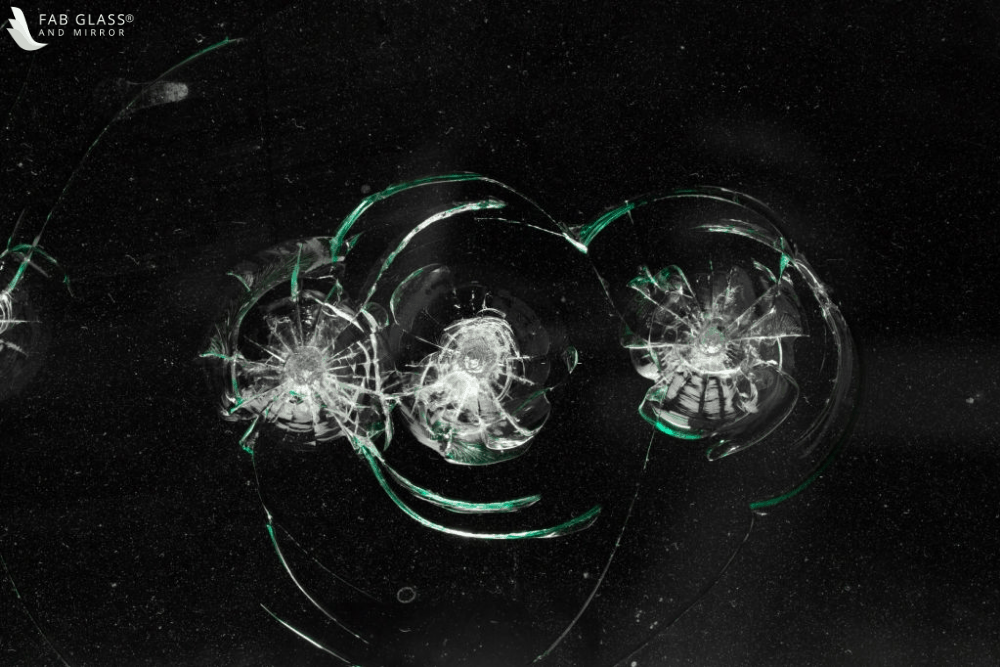
Glass as a material for bulletproof glass is used as laminated glass which is multiple layers of glass piled and fixed together.
Laminated glass is the primary bulletproof glass. It is crafted from multiple layers of glass, similar to the way modern car windshields are stacked. It is brittle, cannot be readily cut, drilled, slotted, and heavy and cannot be incorporated smoothly into an integrated bullet resistant system.
It is suitable for people who want to ensure their security and keep their windows intact. It relies on heavy thickness to meet up with a ballistic security level.
2. Acrylic and Acrylic AR
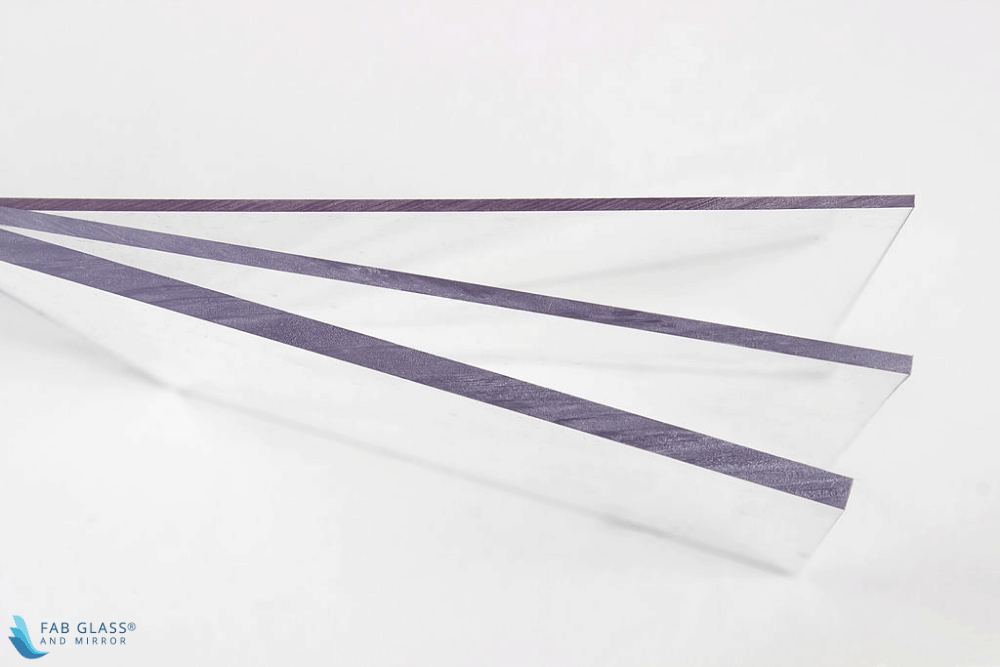
Acrylic is a commonly known bullet-resistant type of glass. It is a glass sheet with thickness usually between 1-1/4-inch and 1-3/8-inch long-lasting plastic. It is easy to rout, slot, drill, cut and mold to make arched acrylic windows. The uneven edges are polished with flames to sharpness. This makes it the best bullet resistant glass for secret applications desired in public establishments. It allows light to pass through almost completely. Visit the following page to learn about bullet proof glass feature, specification, and pricing fabglassandmirror.com/bullet-proof-glass
Acrylic AR is the same as acrylic except that it has been coated with an abrasion resistance coat. The coating applied is usually silicone-based. The coating prevents the glass from scratches that may result from cleaning. Also, Acrylic AR can be rebuffed occasionally to remove scratches from its surface, and this cannot be done for ordinary acrylic glass.
Acrylic can be applied in interior and exterior applications but best applied for use in interiors.
3. Polycarbonate
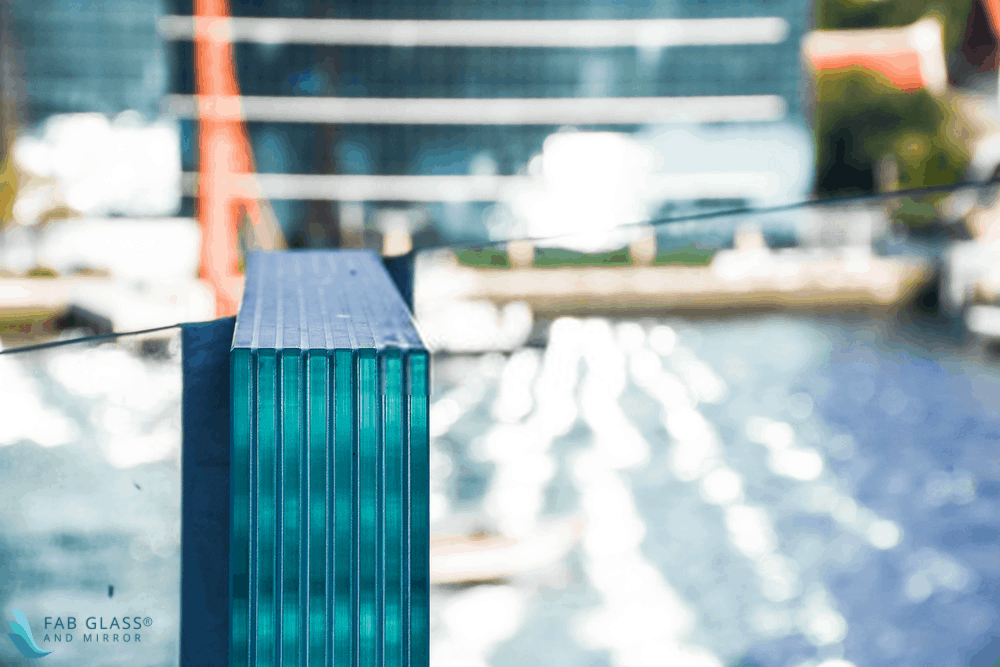
Polycarbonate is a bullet-resistant material that is produced in sheet form. It can be cut into custom sizes for custom uses and applications. As a bullet-resistant material, it is laminated using several stacks of polycarbonate. Polycarbonate bullet-resistant glass has a coating on the exterior for abrasion resistance.
It is best used for external applications as a result of its security against an entrance that is forced – it would require one hour to destroy and get over a polycarbonate security sheet with the use of a sledgehammer.
Sharing similarities with laminated bullet resistant glass, polycarbonate is challenging to merge into a bulletproof structure. It has a clear tint and is reactive to ultraviolet type rays.
4. Polycarbonate Bullet Resistant Glass-Clad Glass
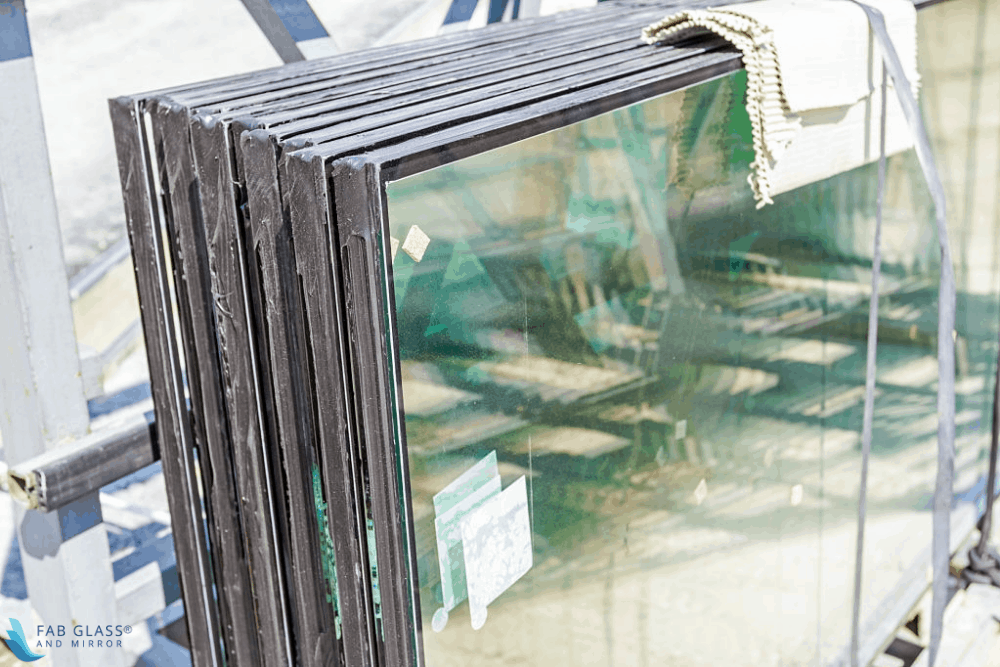
This is a bullet-resistant glass material that combines polycarbonate and glass layers that are stacked and laminated. It is a material that is made to specific sizes when ordered. Once laminated, it is difficult to cut into specific sizes.
How Do These Bulletproof Materials Protect?
1. Laminated Bullet-Resistant Glass: Offers resistance level 1 – 3
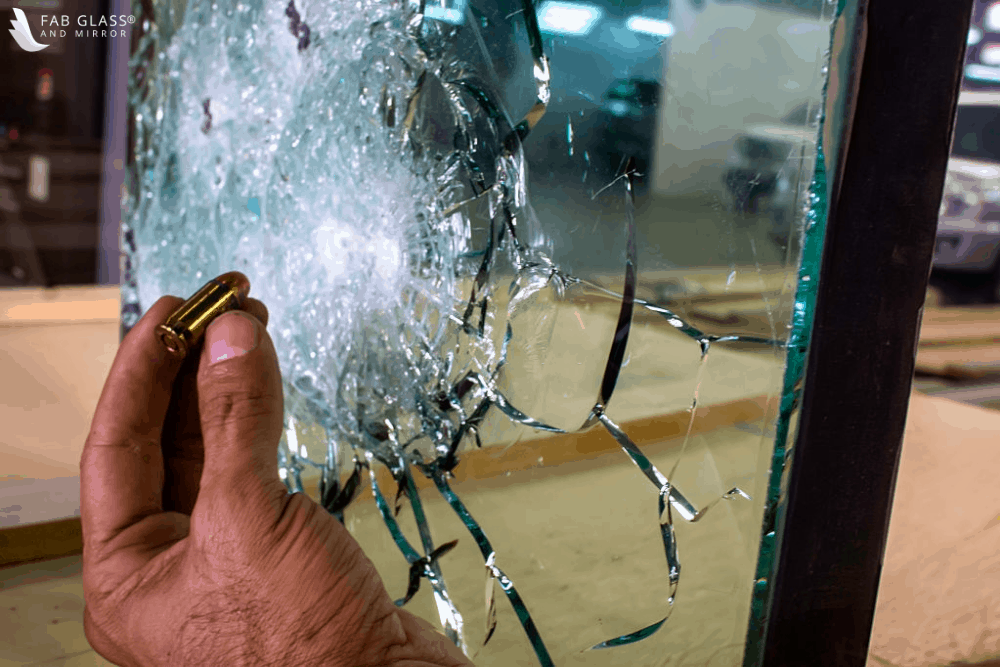
Laminated glass offers a resistance level of Level one to three. It offers protection against shots fired by a .9mm magnum gun up to a magnum .44 gun. Laminated glass offers level one protection at 1-3/16-inch thickness, level two at 1-5/16-inch thickness and level 3 at 1-3/4-inch thickness.
Level one to level three protection offers resistance against shots fired by small handguns used in robberies, big caliber handguns and super-powered handguns.
2. Acrylic and Acrylic AR: Offers resistance level 1 – 2
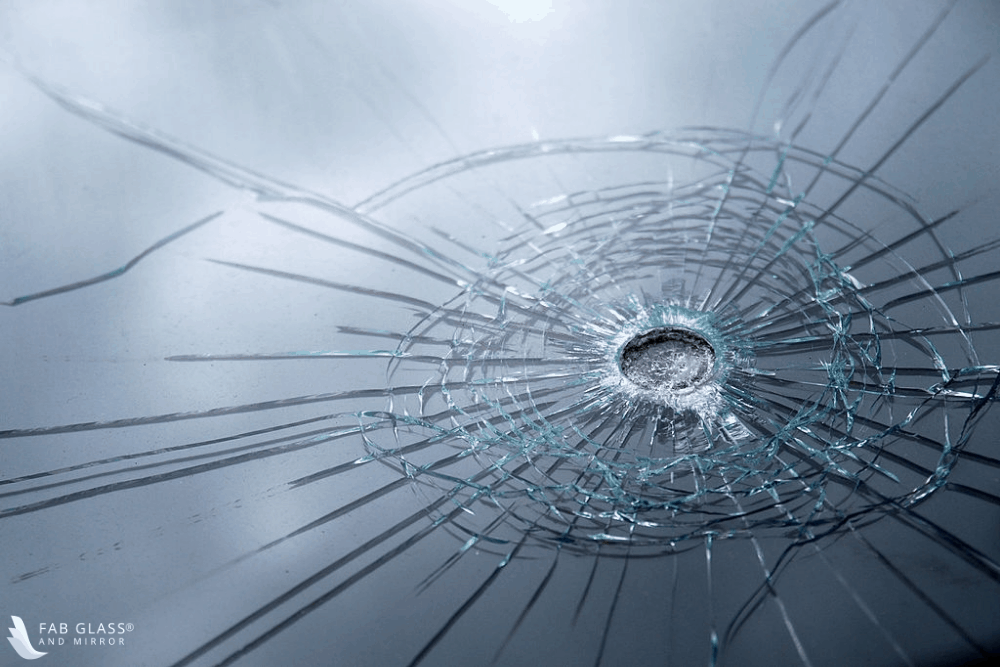
It possesses a level one through level two bullet resistance. A level one resistance to bullet can deflect three shots from a jacketed 9mm while level two protection can put off three shots fired by a .357 Magnum gun.
3. Polycarbonate Glass: Offers resistance level 1 – 3
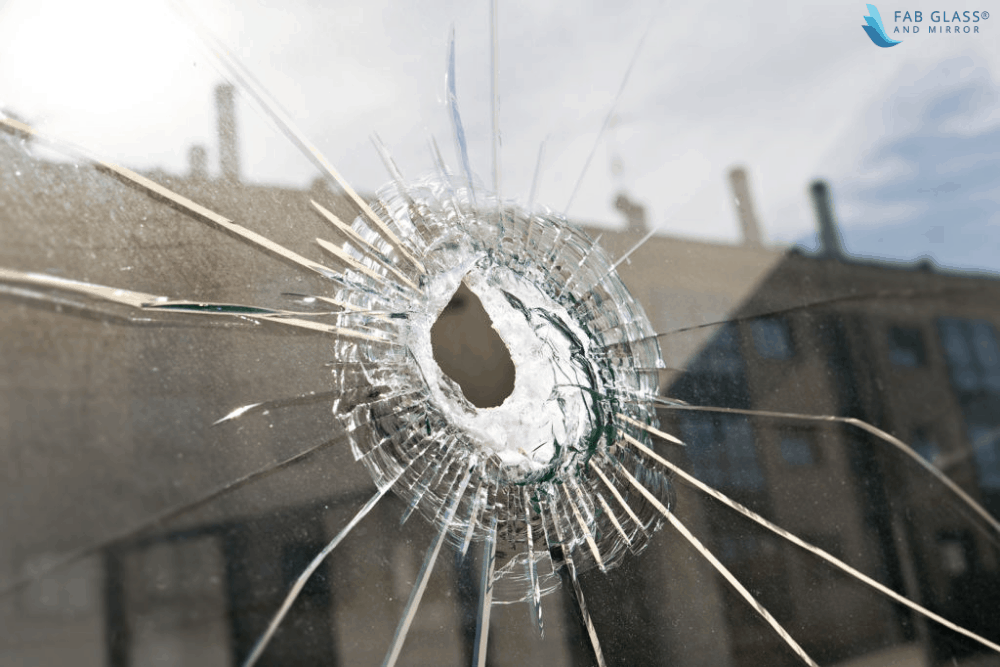
Polycarbonate bullet resistant glass gives a Level one through level three protection against bullets similar to acrylic. This material is laminated in stacks and is soft when applied as a protection against shots. It also sports a clear tint and passes light below 80% rate. The low light reflection rating can make for dark indoors in interior use.
This material provides level one security against bullets at 0.75-inch width, level two security at a width of 1-inch and a third level protection at a width of 1.25-inch. A third level security can resist up to three bullets fired by a .44 Magnum.
4. Polycarbonate Glass clad: Offer resistance level 1 – 8
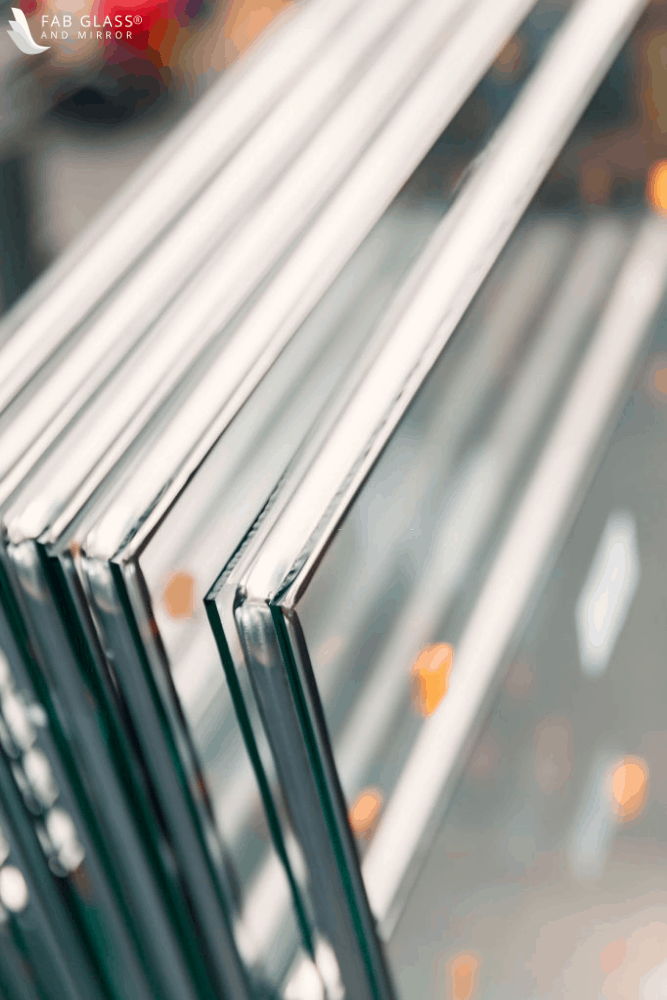
Polycarbonate glass-clad is a high-performance bullet-resistant glass material that offers resistance to bullets from level one to eight. This means it can resist shots fired from assault rifles and automatic weapons and which is only possible from level four through level eight.
This is an updated polycarbonate bullet resistant glass. Far from polycarbonate glass that provides level one, two and three bullet resistance at 0.75-inch width, 1-inch width and 1.25-inch width, a polycarbonate bullet resistant glass provides level three bullet resistance at a width of 0.375-inch combined with a light coat of polyurethane alongside a coat of 0.375-inch glass width. The combined stacks are then inserted in the middle of two polyurethane layers with an external width of 0.125-inch polycarbonate. The total width is one inch lesser than a polycarbonate bullet resistant glass.
This is a premium bullet resistant high-performance material that can be combined to create preferred width dimensions. This bestows it with different bullet resistance and ratings on forced entries which can be between level one up to level eight. Level eight resistance to bullet protection can counter bullets fired by an AR-15 or Ak-47 gun.
How to Communicate With Customers via Bullet Resistant Glass
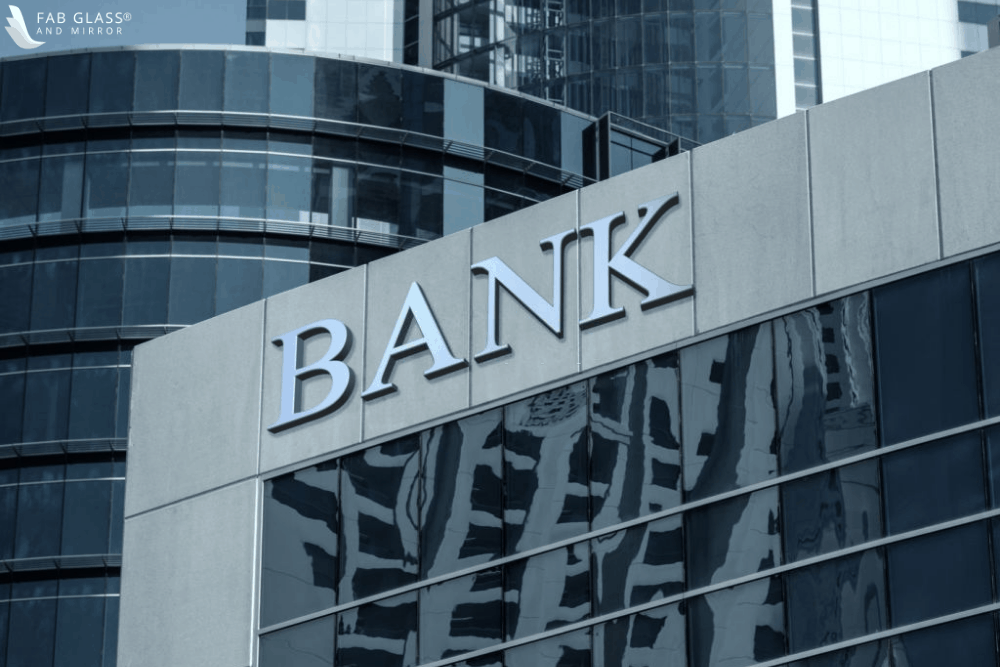
Aside from ensuring that people are safe with the use of bullet-resistant glass barriers, another factor that is of concern is how people will be able to communicate with people and customers, especially in commercial buildings.
The thicker a bullet-resistant glass, the more difficult it becomes for people on separate sides of the glass to hear each other when speaking. To solve the problem of communication, an arch window system or freestanding barrier system can be incorporated.
An arch window system makes it easy for sounds to be transmitted naturally and creates room for maximum visibility. It profiles an arch structure that gives room for the transmission of the natural voice. It provides room for natural and secure interaction with customers.
It is commonly used in check facilities, credit unions, banks, and governmental offices.
Discover more from Futurist Architecture
Subscribe to get the latest posts sent to your email.

